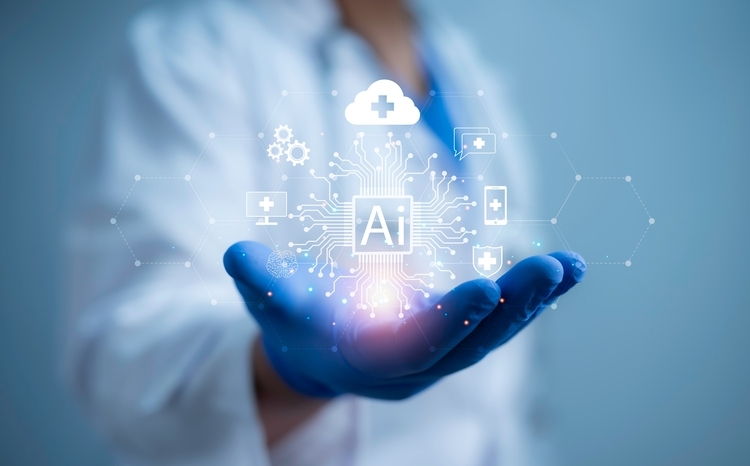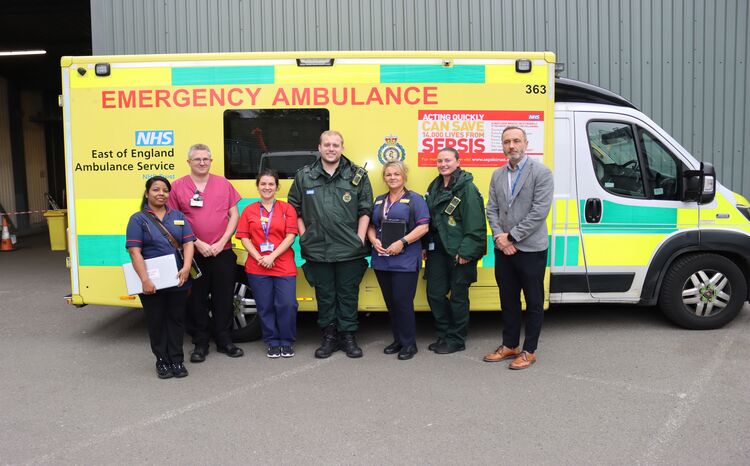Stroke of genius
- 12 August 2013

On-call neuroradiologists at hospitals run by Barts Health NHS Trust had a problem.
When they needed to access an emergency CT scan remotely, the method they used was slow and cumbersome, and involved using a Citrix desktop and the N3 network.
Logging in and waiting for the images to download would take 20-40 minutes, which was far from ideal when a fast response was needed.
Token access
Dr Afraim Salek-Haddadi, a consultant neurologist at the Royal London Hospital, explains that getting access to images involved using a token key for security in combination with Microsoft Remote Desktop.
“From home, you had to boot up your home computer, log into the web gateway and have a slow virtual desktop.
“Using that, you’d have access to all the same features that you would have had seated at the hospital computer; so you’d launch your PACS viewer and then sit and look through the scans.
“This was a slow business, because you’d be limited both by the bandwidth of the connection you have at home and the NHS N3 internet gateway, which is a bottleneck.
“Typically, you would sit there, and as you’d scroll through slices of a scan, you’d wait for one slice to emerge, and then hit and wait for another slice to emerge.”
Cloud busting
Three years ago, two hospitals – Whipps Cross University and St Bartholomew’s – adopted a cloud solution, the 3Dnet Gateway, from Biotronics.
Following a merger in 2012 to create the Barts Health NHS Trust, the solution was extended to two further hospitals: Newham University and the Royal London.
It is now used by a team of eight neuroradiologists, who also have access to images from the two hospitals in the Barking, Havering and Redbridge University Hospitals NHS Trust.
In each hospital, the PACS system automatically pushes A&E CT images to the cloud, where they stay for a month, so that when a neuroradiologist is notified of a study, they can log-in, and find the images that are already there. This reduces a 20-40 minute waiting time to view images to five minutes.
Radiographers can also manually push any image, including MRI scans and x-rays, to the cloud, so that it is instantly available for remote viewing by a radiologist.
When the radiologist has made a report, it is sent back automatically to the hospital’s PACS or RIS, without the patient data being downloaded onto the radiologist’s computer.
Speedier decision-making for stroke
The Barts Health hospitals are also members of the North East London Stroke and Cardiac Network, which also includes Homerton Hospital, and the two more Barking, Havering and Redbridge hospitals: Queen’s and King George.
A team of neurologists specialising in stroke can be called upon to deal with any new stroke case.
Sometimes a stroke patient self-presents to the A&E department of a hospital and is given a CT scan before a firm diagnosis is made.
The stroke specialists needed secure, remote access to CT scans of stroke patients in other hospitals in the network.
This would enable a neurologist based at the Hyper Acute and Acute Stroke Unit in the Royal London, for example, to view a CT scan taken in another hospital and confirm whether or not it was a stroke, to enable a decision to be made about transfer.
This would also enable the receiving unit to avoid repeating the scan once the patient arrived, and enable the patient to receive thrombolysing medication without delay.
As a result, the cloud solution was extended for use by the 14 stroke specialists in Barts Health and the Homerton Hospital. Queen’s and King George, the two remaining hospitals in the North East London Cardiovascular and Stroke Network, are in the process of joining.
Instant access
Each of the five hospitals can push stroke cases to a folder in the cloud. The stroke consultants work on a rota basis, so that whoever is on rota can log-in and find a specific stroke case.
“If someone rings me saying: ‘We’ve got a patient at Whipps Cross, would they be suitable for you?’ I can instantly look at the Whipps Cross scan. That is tremendously powerful,” says Dr Salek-Haddadi.
The process is now considerably faster and simpler, he adds. “You have speedier access, it doesn’t involve token keys, it doesn’t involve having to use a laptop or a PC, and it can be accessed through iPads and mobile computing devices – these are good features that we take full advantage of.”
Another advantage of the cloud solution is that it provides a full reporting environment, including advanced viewing.
“The Biotronics viewer is much more powerful than the default viewer offered by PACS, so you can do surface renderings and 3D reconstructions.
“If you have an angiogram, you can get 3D views of blood vessels – all of that you can do from the comfort of your home, using their basic viewer,” says Dr Salek-Haddadi.
The improved speed has had a transformative effect on the way that both neurologists and neuroradiologists work.
“For most hospitals, it’s one of those luxuries that becomes a necessity,” says Dr Salek-Haddadi. “It’s given us much faster access to critical imaging information that’s needed for time-critical on-call decisions.
“Stroke thrombolysis is where it’s been most important, but it’s made a huge difference to our radiologists in terms of being able to look at scans from home and how readily they can get back to you with an opinion.”





